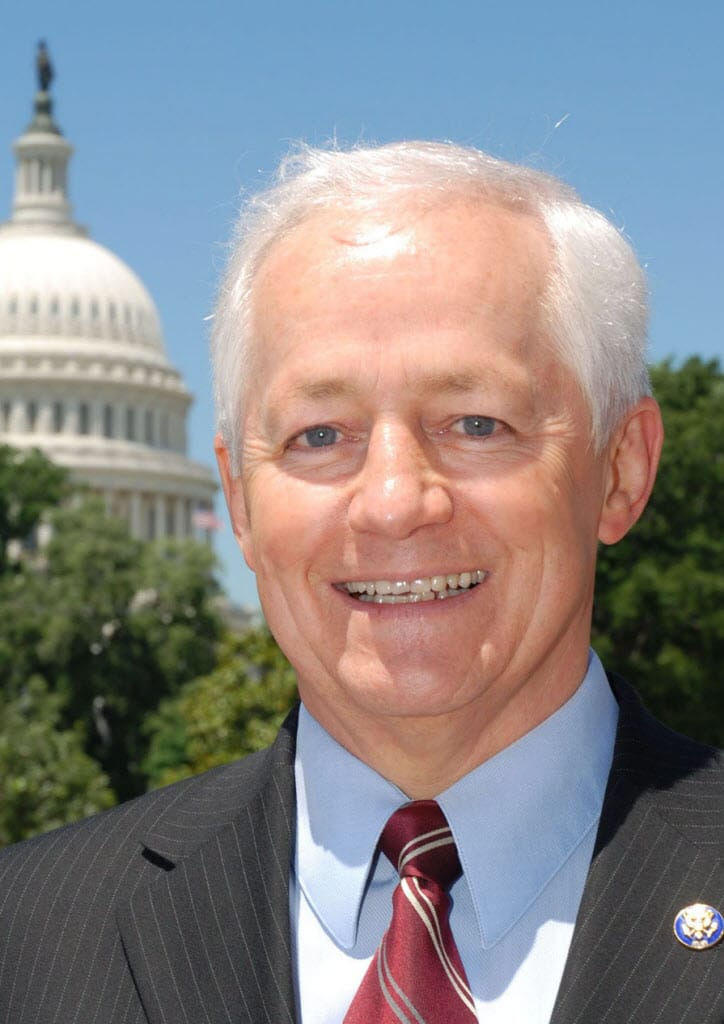Despite criticism from both insurers and hospitals, Insurance Commissioner Mike Kreidler adopted a new rule Monday that spells out what health insurers must do to make sure their networks of hospitals and doctors can provide covered benefits to patients.
“In the end, it’s my responsibility to make sure we protect consumers, and I have the tools to do it,” Kreidler said in an interview Friday. “If consumers start getting hurt, there’s nobody who is going to take the fall but me.”
Kreidler’s office published the rule Monday, and it will take effect May 26. The rule will apply to individual or small-group health plans in 2015 — essentially all state-regulated health plans offered inside or outside Washington Healthplanfinder, the state’s online insurance exchange.
For patients, the general thrust of the rule, which affects plans offered for coverage in 2015, is “no surprises.” It requires insurers to spell out how their benefit arrangements affect patients’ pocketbooks, clearly explain referral and authorization practices, tell policyholders whether emergency-room doctors in an in-network hospital’s emergency room are also in-network, and update directories of in-network providers monthly.
Many patients were surprised that some insurers’ networks for 2014 plans did not include some major medical centers. Insurers said their “value networks” helped hold down the price of premiums.
The rule sets specific standards for network adequacy. For example, it requires that the ratio of primary-care providers across a given service area must at least meet the average ratio for the state, and that 80 percent of enrollees are within 30 miles of an adequate number of primary-care providers in urban areas, and within 60 miles in rural areas.
Kreidler said he expects the rule will also help doctors. “The rule will make it easier for a provider who is going to refer a child to a pediatric-hospital setting to be able to know what’s in network for that policyholder,” he said. “It’s not easy to find out that information now.”
The rule limits so-called “spot contracting,” which some insurers have offered if a patient needs a particular service not provided elsewhere in their network. The rule says that such single-case contracts “must not be used to fill holes or gaps in the network.”
Another provision in the rule requires plans to include “essential community providers,” those who serve predominantly low-income, medically underserved individuals.
People need to know that the plan they pick doesn’t just look good on paper but will provide covered benefits, Kreidler said: “You need to know as a consumer, ‘If I pick this plan, it’s not a false plan — it is actually one where I have reasonable expectation of being able to find a provider, and that provider will have open appointments.’ “
Insurers and hospitals offered testimony at a public hearing on the rule last week, with insurers saying the rule is overly complicated and burdensome, and hospitals saying they weren’t strict enough when it came to making sure hospitals would be included in networks.
The version that was adopted, Seattle Children’s wrote to Kreidler earlier this month, “remains fundamentally flawed and if adopted will cause significant consumer and health care delivery system harm.”
In an email, Children’s spokeswoman Stacey Dinuzzo said: “We’ve had a really hard time getting a few of the insurers to even come to the table to negotiate. They simply informed us that they would not include us in their exchange-plan network.”
Hospitals said the rule does not allow Kreidler’s office to see the actual terms offered by an insurer, but only requires “substantial evidence” of “good faith” efforts. They said under that standard, even an insurer’s very low-ball offer to a hospital would be considered “good faith.”
“We’re trying to find a balance here between negotiating parties,” Kreidler responded. His office’s authority to get into specific dollar amounts in contracts is limited, he said.
Kreidler said he was sympathetic to some of those who have criticized the rule, particularly those who said the time frame was too tight to fully comply, with plans for 2015 due on May 1.



